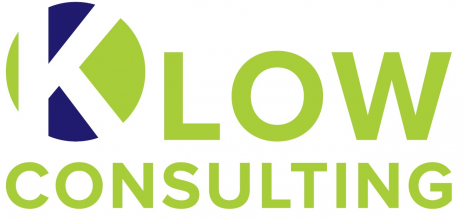Why try harder? – The importance of social value when bidding

Social value is no longer a ‘nice-to-have’. With the introduction of the Procurement Act, it’s become a formal and, often crucial, part of public sector tendering. A minimum of 10% of the total score must now be assigned to social value in tenders. And, depending on the contract you are bidding on, the weighting can […]
K Low Consulting announces new director
We are pleased to announce that David Oakes, who has been working with us as a consultant for the last two years, has now joined the business as a company director. David brings a detailed understanding of the health and social care bidding landscape drawing directly upon roles within local government commissioning, charity, third and […]
Do you have a contract strategy?

Many organisations only apply or bid for tenders when they see one that they feel ‘is just right’ for them, or if they need to find new business fast. Very rarely do we meet companies, charities or public sector organisations who actually have a contract strategy in place. A contract strategy can be a part […]
To Bid or Not to Bid: A Step Towards Winning a Tender

The tender process is often complex and requires close attention to the contract requirements and your organisations’ suitability to a contract. As part of our services at K Low Consulting, we help clients to make a ‘bid or no bid’ decision in the initial stages of bidding. This often includes evaluating compliance and eligibility, commercial […]
How to present an accessible healthcare service in a tender

Accessibility in healthcare has been described as a ‘global challenge’. As a prominent challenge that many healthcare providers face, developing and maintaining an accessible service for patients is an ongoing issue across the healthcare industry. Regularly, healthcare tenders have a question centred solely or partially around accessibility. Therefore, answering this question to demonstrate how your […]
